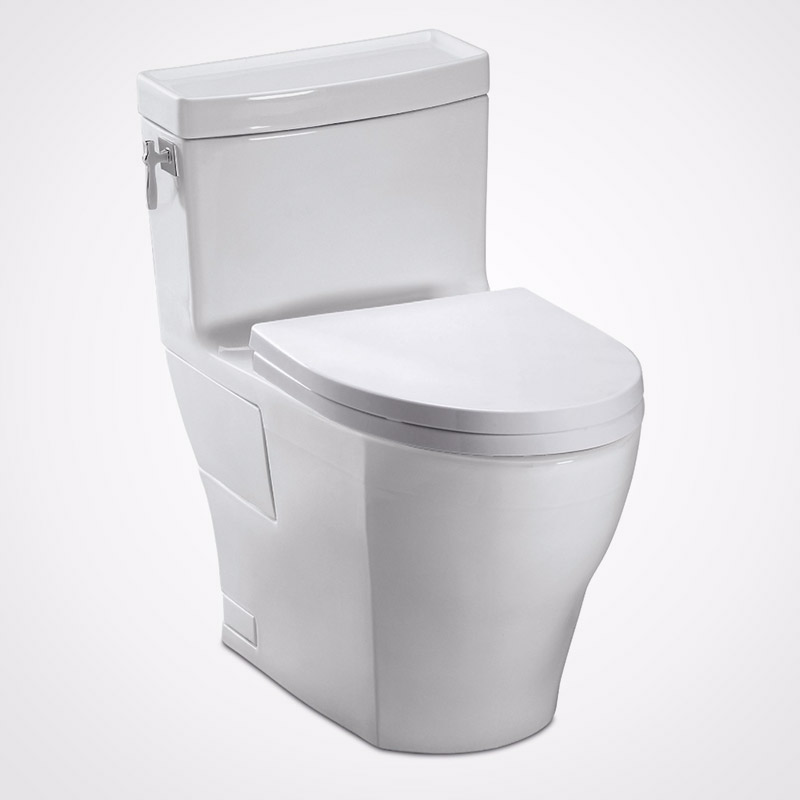Let’s face it, toilets aren’t exactly the most glamorous topic of conversation. But here at Meticulous Plumbing in Portland, we believe knowledge is power – even when it comes to your porcelain throne. Today, we’re diving into the world of toilets, specifically the battle between low-flush toilets vs regular toilets.
If you’re thinking, “Isn’t a toilet just a toilet?”, hold on to your plungers! There are actually some significant differences between these two types, impacting both your wallet and the environment. So, whether you’re a homeowner curious about upgrading or a renter just trying to understand the plumbing in your home, this blog is your guide to navigating the flush!
The Regular Toilet: The Traditional Option
Regular toilets, also known as gravity-fed toilets or full-flush toilets, have been around for decades. They work using a simple principle: gravity. When you flush, a large amount of water (usually around 3.5 to 7 gallons) rushes down from the tank, carrying waste away.
Pros of Regular Toilets
- Powerful Flush: Regular toilets are known for their strong flush, effectively handling solid waste with minimal effort. This can be a major advantage for households with multiple people or those who deal with frequent clogs.
- Simpler Design: The basic design of a regular toilet makes them generally less expensive to purchase and potentially easier to maintain for some plumbing problems.
- Familiarity: For many people, regular toilets are the familiar standard. They might feel more comfortable with a system they’ve always known.
Cons of Regular Toilets
- Water Guzzlers: The biggest downside of older models is their high water consumption and low water efficiency. With each flush, these inefficient toilets use a significant amount of water, which can impact your water bill and overall environmental footprint.
- Potential for Clogs: While powerful flushes can be a plus, the force can sometimes stir up sediment in older pipes, increasing the risk of clogs.
The Low Flush Toilet: The Eco-Friendly Challenger
Low flush toilets, also known as high-efficiency toilets (HETs) or dual flush, are a more recent invention designed to address the water-wasting concerns of regular toilets. They use significantly less water per flush, typically ranging from 1.28 gallons per flush to 1.6 gallons per flush.
Pros of Low-Flush Toilets
- Water Conservation Champions: Low-flow toilets use less water, potentially saving thousands of gallons of water per year, and reducing your water bill and environmental impact. Look for the WaterSense Label if this is important to you–these toilets meet strict standards for efficiency.
- Modern Technology: Many low-flush toilets utilize innovative technology to achieve powerful flushes with less water. These advancements ensure efficient waste removal without compromising performance.
- Government Rebates: Many governments and municipalities offer rebates or incentives for installing low-flow models, making them a cost-effective option.
Cons of Low-Flush Toilets
- Potential for Clogs: While technology has improved, some older low-flush toilet models may struggle with bulky waste, requiring multiple flushes.
- Higher Initial Cost: Low-flush toilets can sometimes have a higher upfront cost compared to regular toilets. However, the water savings often outweigh this initial investment in the long run.
The Great Low Flush Toilets vs Regular Showdown: Choosing the Right Toilet for Your Throne Room
 So, which toilet reigns supreme – the regular or the low flush? The answer, like most things in plumbing, depends on your specific needs and priorities. Here’s a breakdown to help you decide:
So, which toilet reigns supreme – the regular or the low flush? The answer, like most things in plumbing, depends on your specific needs and priorities. Here’s a breakdown to help you decide:
Choose a Regular Toilet If
- Clog-Free Performance is Your Priority: If a powerful flush and minimal risk of clogs are your top concerns, a regular toilet might be the better choice.
- Budget is a Major Factor: Regular toilets are generally less expensive upfront compared to some low-flush models.
- You’re Comfortable with Traditional Design: If you prefer the familiar functionality of a regular toilet, there’s no need to change what works!
Choose a Low Flush Toilet If
- Water Conservation is Important to You: If you’re environmentally conscious and want to reduce your water footprint, a low-flush toilet is the clear winner. Especially in Portland, water conservation is crucial.
- Long-Term Savings are Appealing: While the initial cost might be higher, the water savings of low water usage can translate to significant cost savings on your water bill over time.
- You’re Open to Modern Technology: Low-flush toilets often incorporate innovative technology that delivers powerful flushes with less water.
Beyond Low Flush Toilets vs Regular Toilets: Additional Considerations
Here are some additional factors to consider when choosing between a low flush and a regular toilet. If you have a large household or frequent bathroom users, a low-flush toilet might require more frequent flushing, potentially negating some water savings.
The design of the toilet bowl can also impact performance. Elongated bowls are generally considered more comfortable and may offer better waste removal, especially with low-flush toilets. Regardless of toilet type, a faulty flapper or clogged valve can lead to weak flushes or leaks. Regular maintenance of these components is crucial for optimal performance.
Meticulous Plumbing: Your Portland Toilet Experts
At Meticulous Plumbing, we understand that toilets are an essential part of your home. Our licensed and insured plumbers are experts in toilet installation, repair, and maintenance. We can help you assess your needs, choose the right toilet for your bathroom, and ensure a smooth and professional installation.


